Puglia - Daunia in September - Troia
We sleep well in the royal bed and then go for breakfast, not especially royal, although the coffee is good and the homemade crostata very good. We drive through the dry countryside
to Troia and park outside Alba d'Oro where we are planning on lunching. Troia is a Touring Club Bandiera Arancione and the narrow streets of the old centre are nice but its main claim to fame is the cathedral and in particular the facade with the rosone, special because it's asymmetric with only 11 rays. The bronze doors with the musical knockers are also impressive and the inside is better than we expect too.
When we come out we get chatting to two men on a bench near the cathedral and then to the equally helpful man in the Tourist information office. We talk, inevitably, about the beauty of Puglia, or rather Le Puglie.
The delicious background smell of roasting almonds finally registers. Pasticceria Calosi make La Passionata, a cassata-type cake with rigorously local ingredients. Marzipan made from local almonds outside and a blend of different ricottas inside. Small ones cost 1.50 so we buy 6, plus some tiny biscuits which the friendly lady lets us try and which are taralli only in shape. I dole them out two at a time for days after and regret only buying one packet.
By the time we get back to Alba d'Oro we have worked up an appetite. Lunch is fave e cicoria for me, fave, pasta and cicoria for Andrea
and then involtini with excellent round chips for me and the best grilled lamb chops I have ever tasted in my life for Andrea (we do half each of each as usual, luckily for me). Including water, half a litre of red Nero di Troia wine, two little cakes, two coffees and one limoncello we spend 55 euros. Although we have no idea how our host reached this figure we can say we ate very well....
At this point we are so full of food and drink that the only solution is to drive back to the castle for a siesta!
After, we venture out again to explore Bovino better. We go into the cathedral, which is small but beautiful, wander the streets and also visit the Museo Diocesano in another wing of the castle. Towards evening we get talking to an elderly local man. He's 84 and he tells us about his (hard) life in a place where agriculture was the only form of sustenance - olives, grapes for wine, wheat. Bovino used to have over ten thousand inhabitants and now has about three thousand. The historic centre is clean and well cared for but many of the old houses are empty or abandoned. The destiny of mountain and rural communities nowadays north and south.....

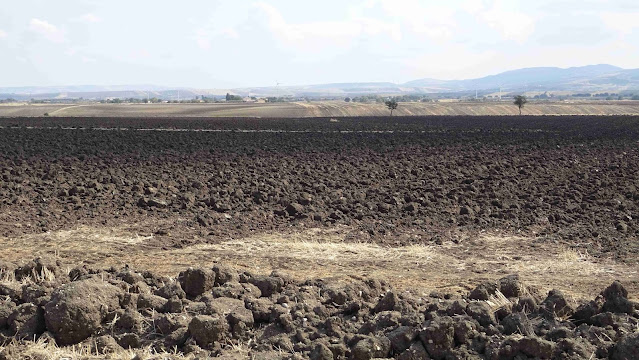
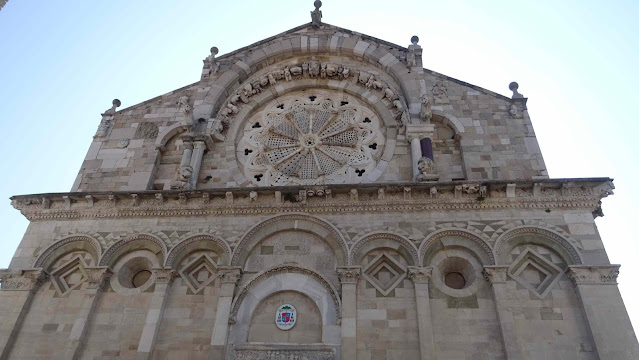
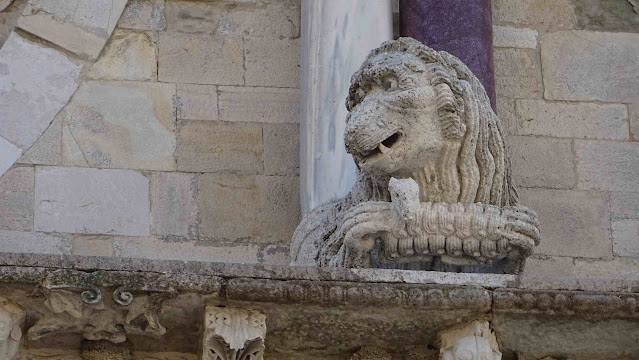
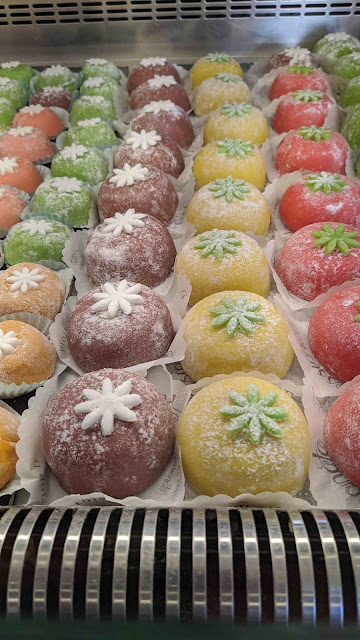
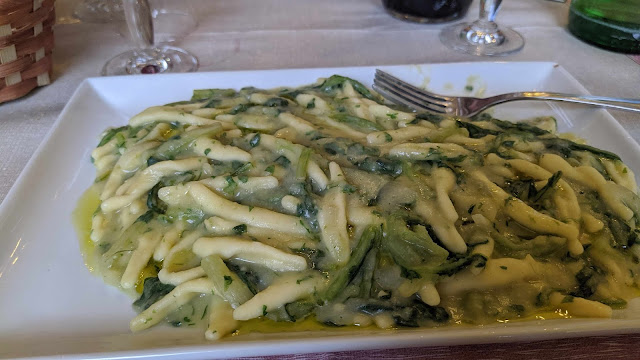


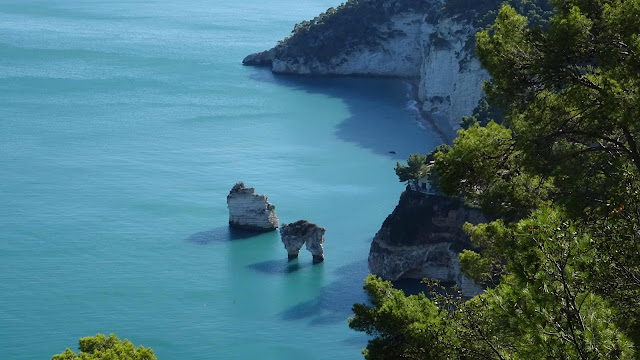
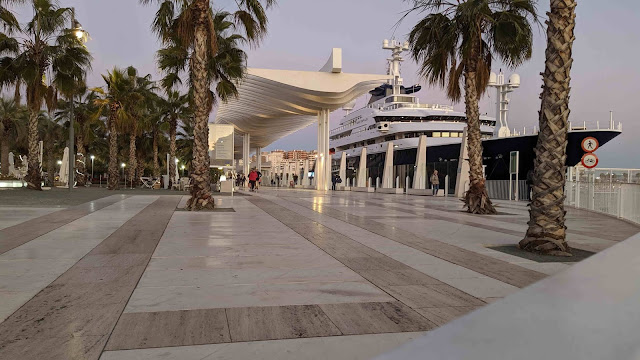



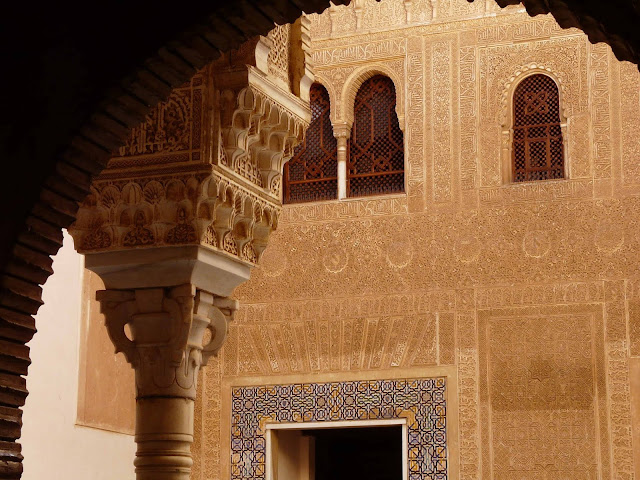
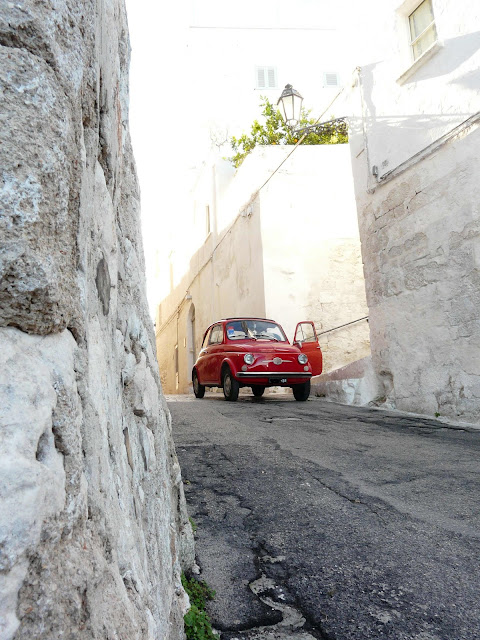
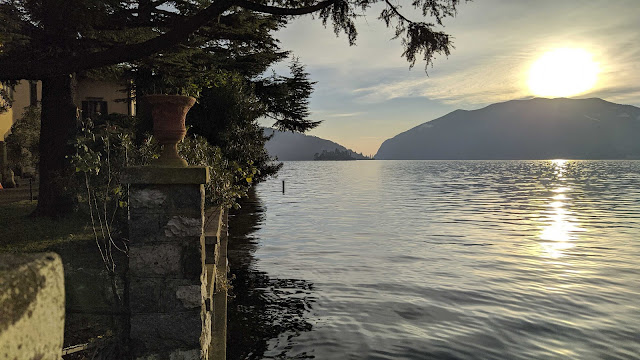

Comments
Post a Comment